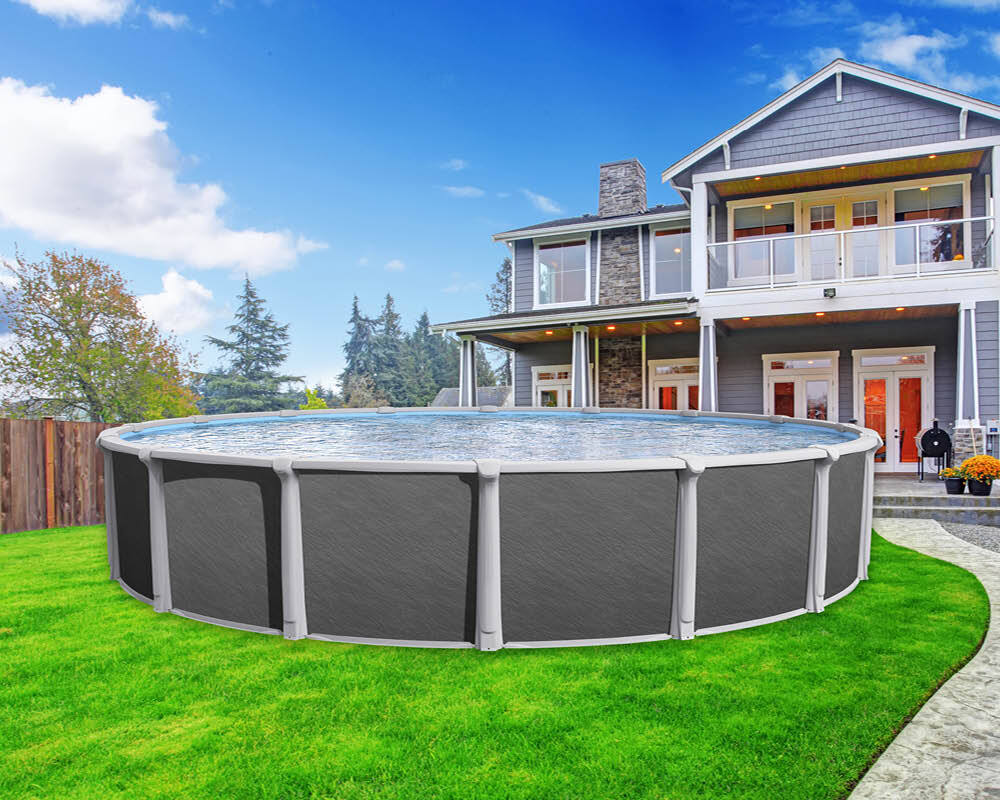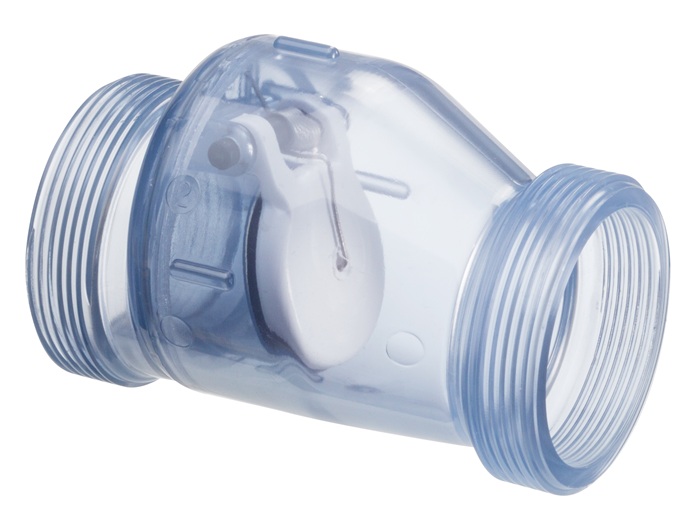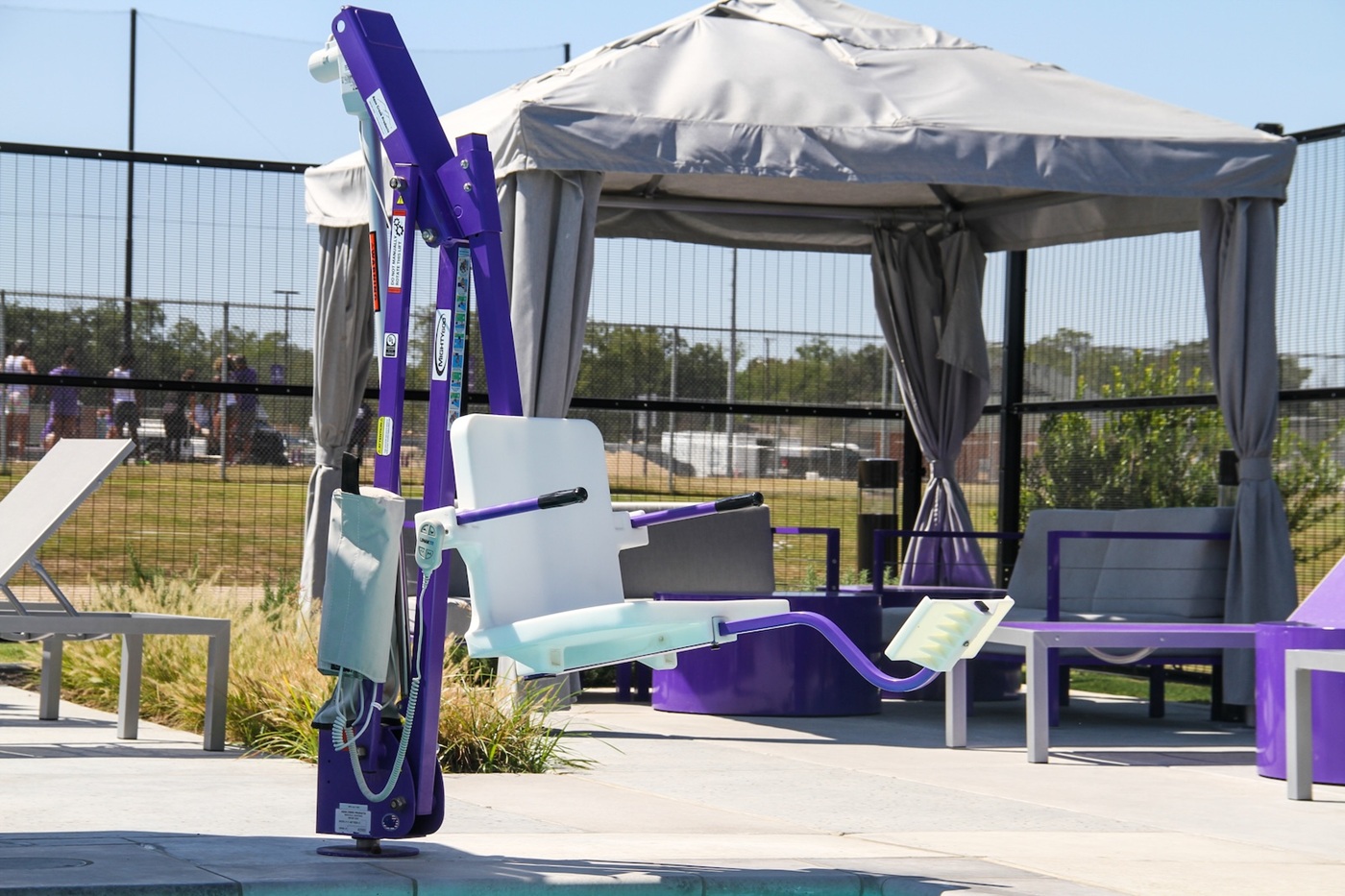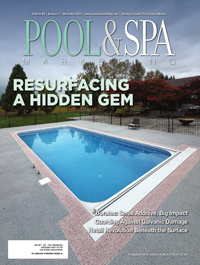How to tackle common pool stains
Organic stains
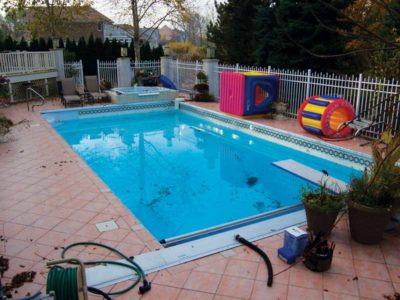
As leaves and other organic materials make their way into the pool, and settle to the bottom, the tannins in the leaves can leach out into the water and cause staining where they were resting. This is pretty common as leaves sit on winter covers or at
the bottom of the pool during the off-season.
Oftentimes these stains will go away after the pool’s water chemistry is balanced and shocked to increase the chlorine level.
Galvanic corrosion
Galvanic corrosion is an electrochemical process in which one metal corrodes preferentially to another when both metals are in electrical contact in the presence of an electrolyte.
This occurs in pools equipped with salt generators every minute the cell is making chlorine. When galvanic corrosion happens, the corroded metals in the water can reach a saturation point and begin to stain the surface of the pool.
It does not corrode the salt cell because it is made of a more noble metal than pool ladders and light rings, etc. Adding a sacrificial anode made of zinc will help to slow down the occurrence of galvanic corrosion.
Zinc is a less noble metal than other metals associated with the pool, so it sacrifices itself to save the other metals from corroding. For this reason, it is a good idea to use a non-phosphate sequesterant as a maintenance tool in salt pools.

